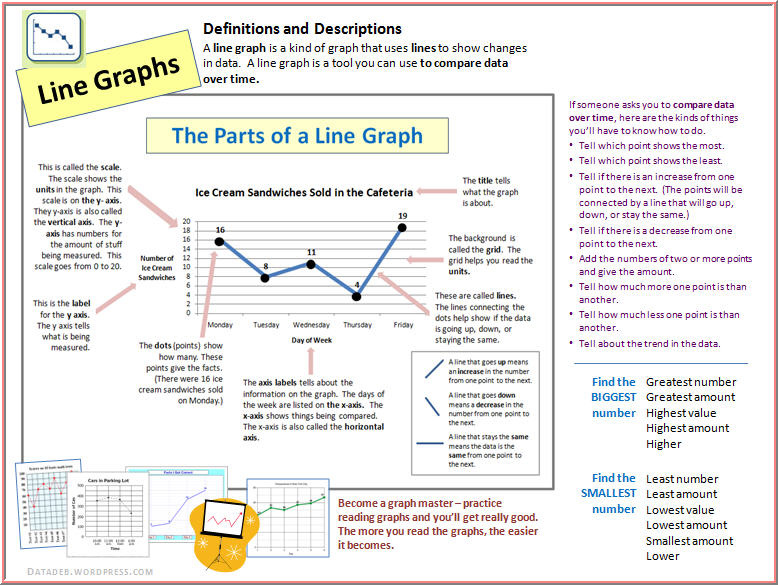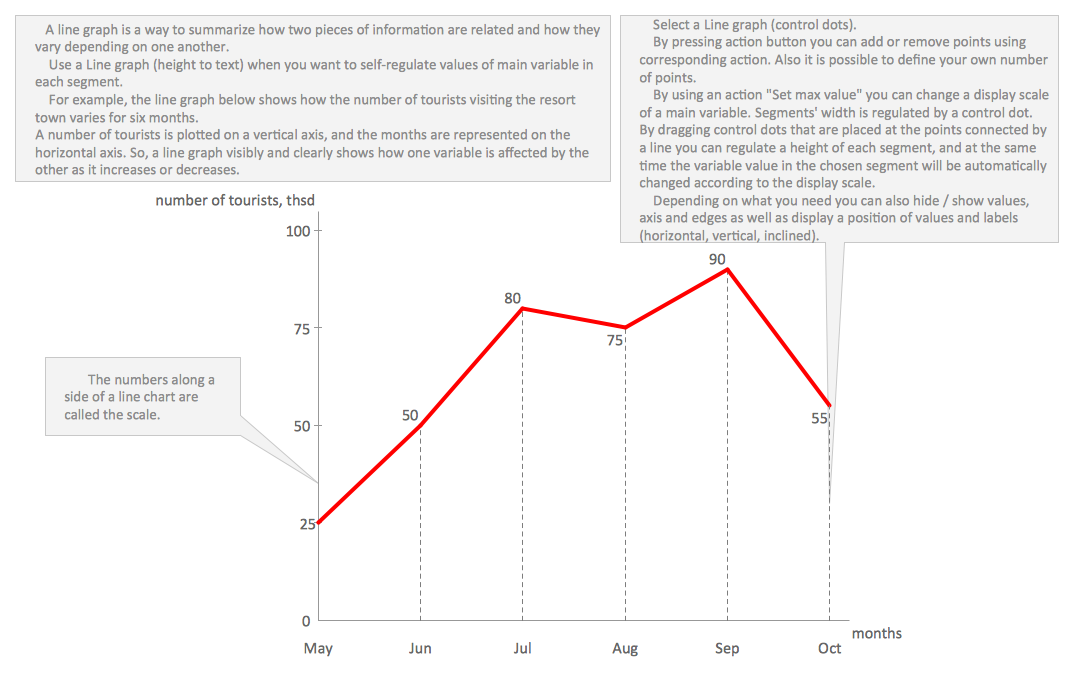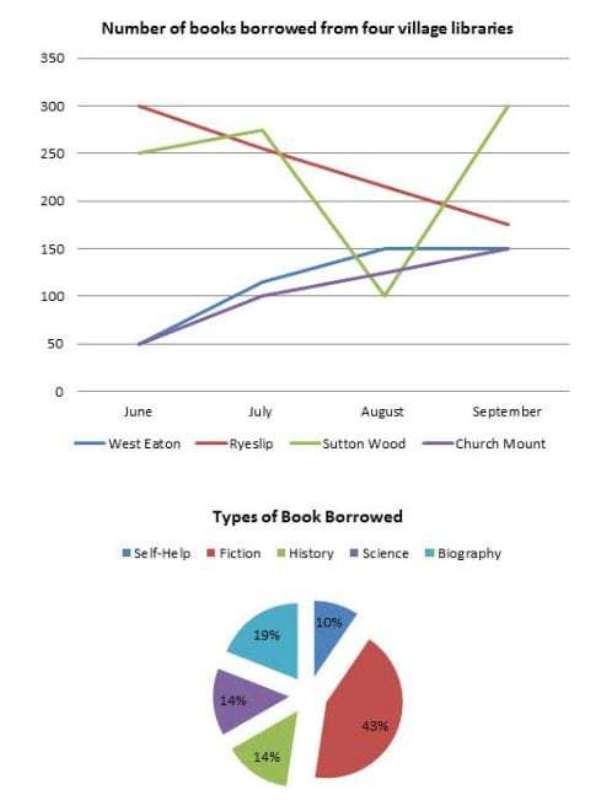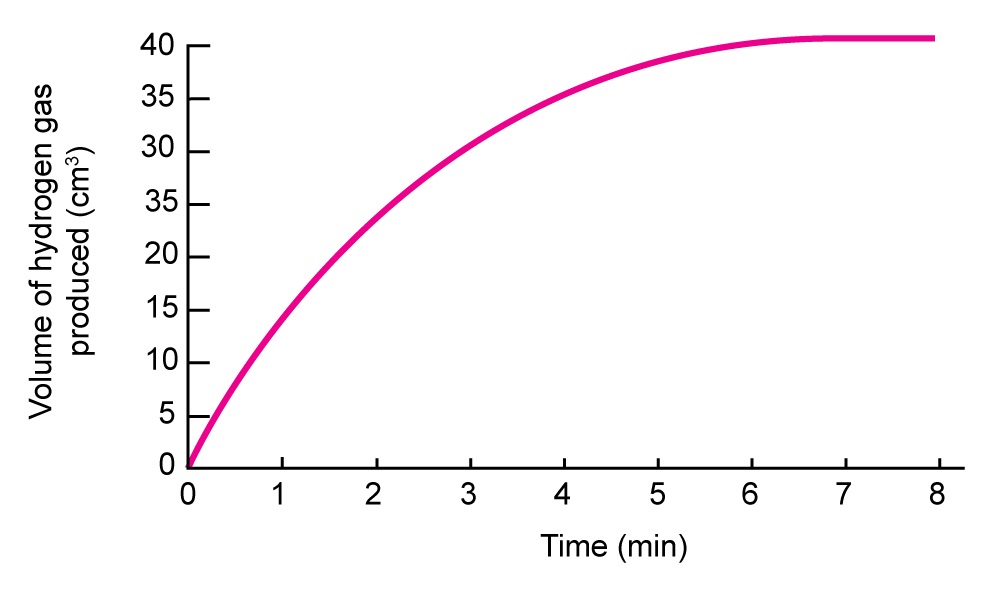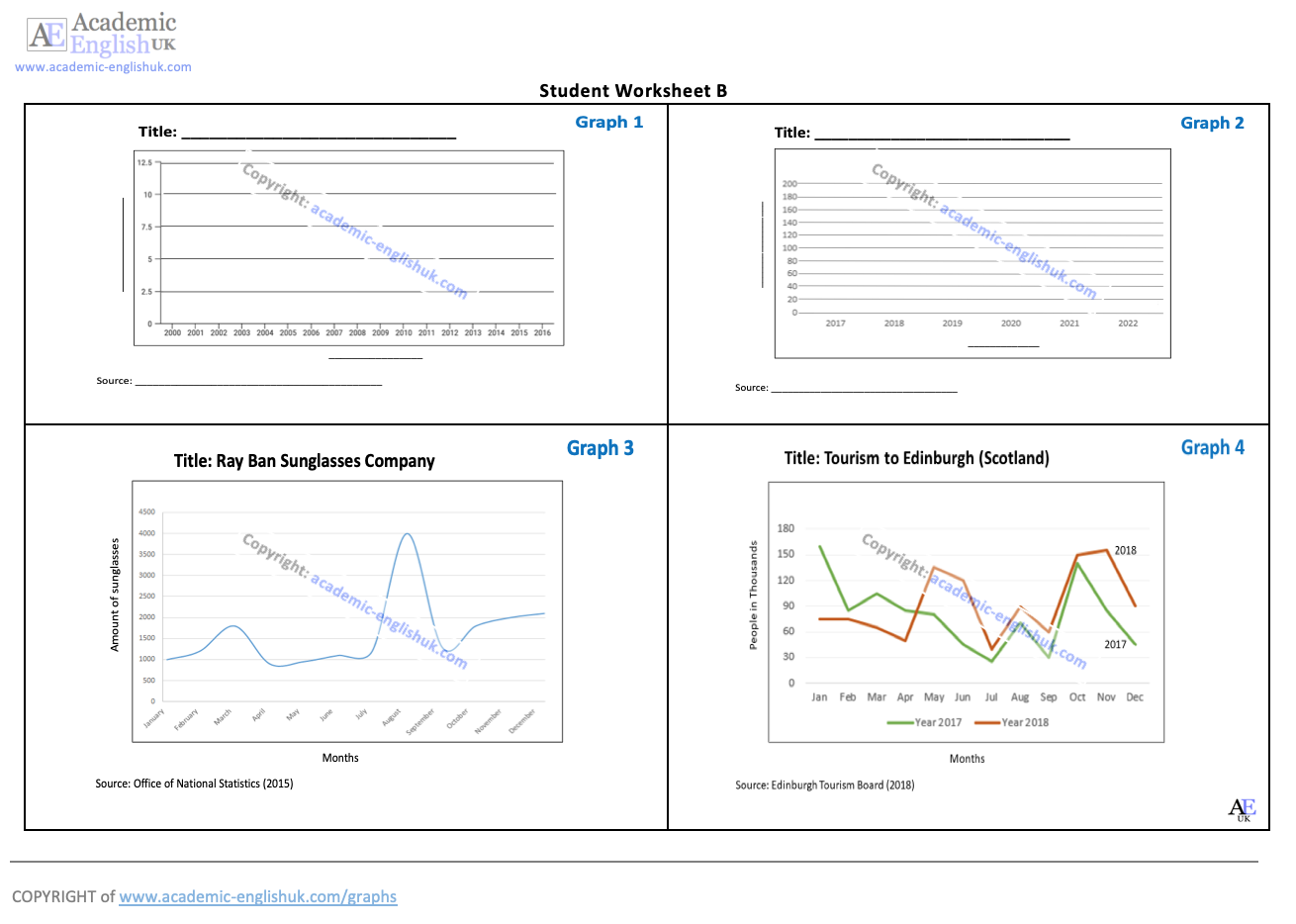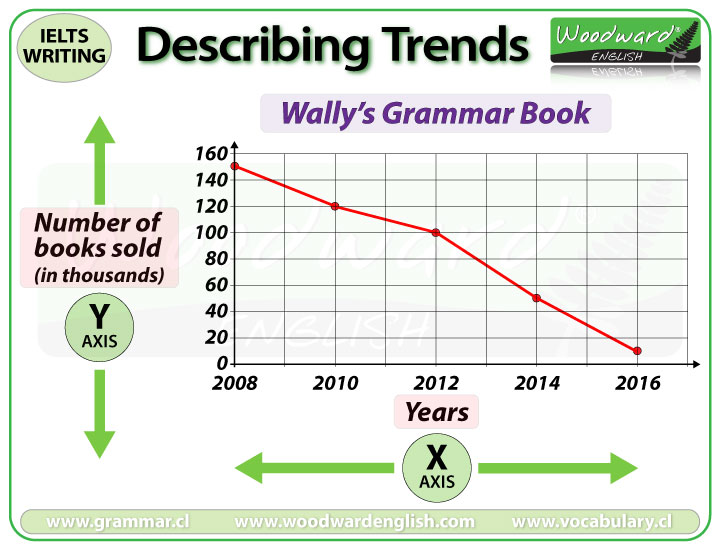Sensational Info About How To Describe Data In A Line Graph Standard Form Of Linear Function
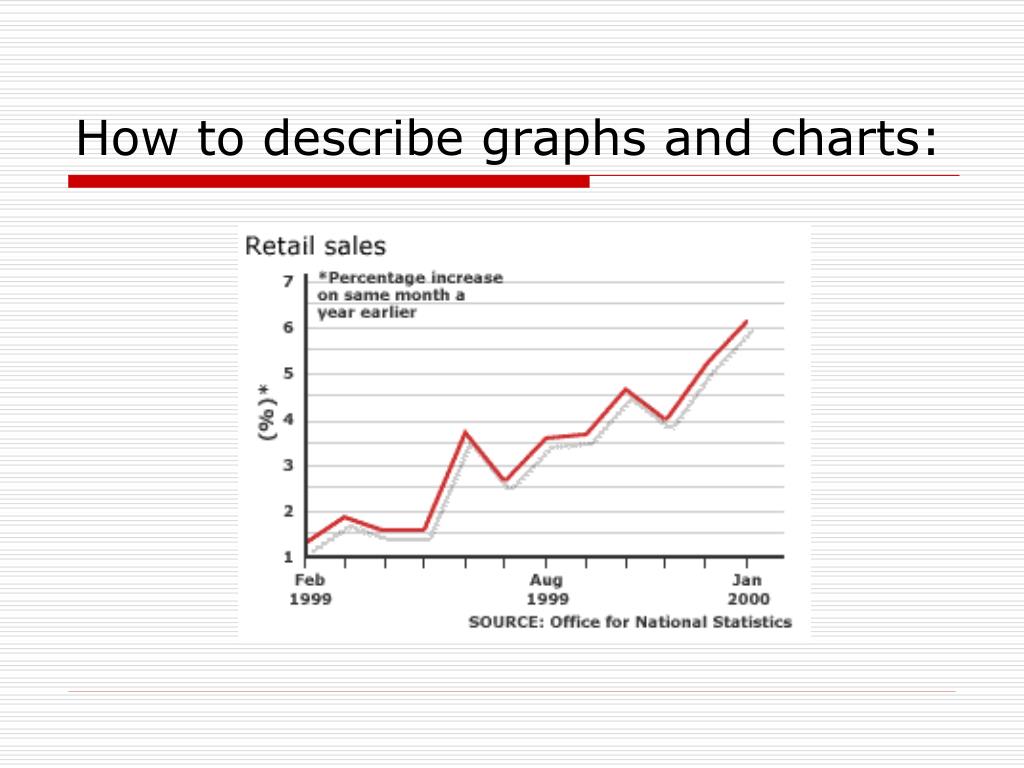
By using clear labels, a consistent scale, a legible font, data markers, and a descriptive title, you can effectively communicate your data to your audience.
How to describe data in a line graph. There are a variety of ways line graphs can be used to clearly display complex information. How to explain a graph. Line graphs consist of two axes:
A line graph is useful in displaying data or information that changes continuously over time. Here are steps you can use to explain a graph effectively: Line graphs are used to represent quantitative data collected over a specific subject and a specific time interval.
This type of graph visualizes data as points on a grid connected with a line to represent trends, changes, or relationships between objects, numbers, dates, or other data. Then, we’ll answer some commonly asked questions about line graphs: A line graph is a graph formed by segments of straight lines that join the plotted points that represent given data.
Experiment with these elements to find the best line graph for your data visualization needs. The horizontal axis depicts a continuous progression, often that of time, while the vertical axis reports values for a metric of interest across that progression. A line graph connects individual data points that, typically, display quantitative values over a specified time interval.
2) line graphs benefits & limitations. The graph shows how the dependent variable changes with any deviations in the independent variable. I’ll guide you through the types of graphs and practical ways to write about them, whether in essays, reports, or presentations.
A line graph is a way of displaying data to easily see a trend over time. These lines show movement over time affected by the increase or decrease in the key factors. A trendline is a line drawn on a chart highlighting an underlying pattern of individual values.
When drawing a line graph, it’s important to look at the range for the data before drawing a simple scale. Summarise the information by selecting and reporting the main features, and make comparisons where relevant. To draw a line graph, we need to plot individual items of data onto a set of axes, and then connect each consecutive data point with a line segment.
Readers are welcome to test them on their own. The line itself can take on many forms depending on the shape of the data: 3) when to use a line graph.
The graph from (source) presents data on (title)… the graph from (source) shows/ illustrates (title)… It is nothing but the title of the graph drawn. How do you describe a line graph?
Graphs and charts have been a part of our lives for many years now. Other graph layout types are available in networkx; Describe these graphs (analysis) and then suggest the reasons for these trends (evaluation) useful graph language:

